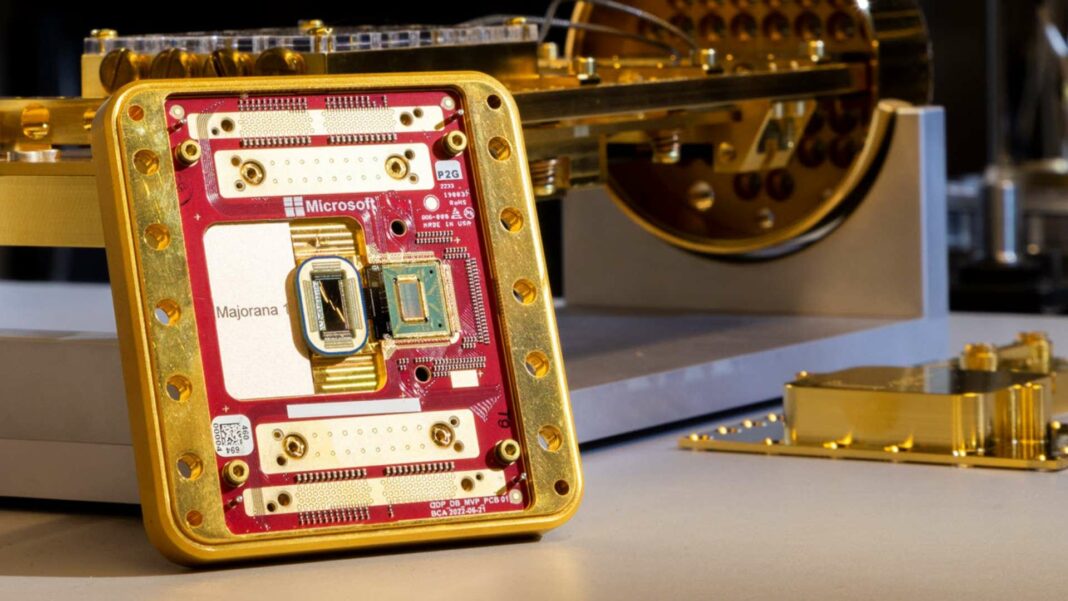Physicists from Microsoft’s quantum research division announced the Majorana 1 processor, a significant advancement in quantum computing. This processor aims to enhance qubit performance and stability by utilizing a topologically ordered state of matter, enabling the integration of up to one million qubits. Currently, eight topological qubits have been implemented, with plans to scale further. This breakthrough addresses challenges like high error rates, paving the way for future advancements in computational technology and potential applications in various fields.
Revolutionizing Quantum Computing with Majorana 1 Processor
In a groundbreaking announcement made on February 19, 2025, physicists from the quantum research division of Microsoft unveiled a significant advancement in the realm of quantum computing. This leap forward centers around their innovative Majorana 1 processor, which is set to redefine the future of computational technology.
Enhancing Qubit Performance and Stability
Unlike traditional computers that utilize binary bits (0s and 1s), quantum computers harness the power of qubits, which can exist in multiple states simultaneously. This unique characteristic allows quantum machines to process vast amounts of information far beyond the capabilities of current technology. While the potential for breakthroughs in fields such as medicine is immense, the road ahead is not without challenges, particularly regarding data security and error rates.
One of the primary obstacles facing quantum computing is the high error rates associated with current qubit systems. Despite operating at temperatures colder than the most frigid environments in the universe, qubits often remain unstable and unpredictable, hindering reliable computations. As a result, many startups in the quantum sector are focused on minimizing these errors while maximizing the number of qubits within their processors.
Microsoft’s recent study highlights a promising solution: achieving a staggering one million qubits. Chetan Nayak, a key member of the Microsoft research team, explains that this breakthrough involves a topologically ordered state of matter, a theoretical concept that has now been realized in practice. This state, which can only be found at the quantum level, allows for enhanced stability and reduced disturbances, making it ideal for qubit functionality.
The Majorana 1 processor successfully implements this topological state by utilizing qubits crafted from indium arsenide, a semiconductor, and aluminum, a superconductor. The meticulous process required to create this combination was challenging, as each material had to align perfectly; any defects in the arrangement could jeopardize the qubit’s performance. As Krysta Svore, a project team member, notes, understanding these materials is a complex task, which is precisely why the development of a quantum computer is necessary.
Currently, Microsoft has successfully integrated 8 topological qubits into the Majorana 1 processor, with aspirations to scale up to a million qubits. This ambitious goal represents a pivotal moment in computing evolution. While commercial viability remains on the horizon, the progress achieved thus far is commendable. As Jason Zander, Microsoft’s executive vice president, stated, the team aims to reach several hundred qubits before establishing reliable commercial applications.
